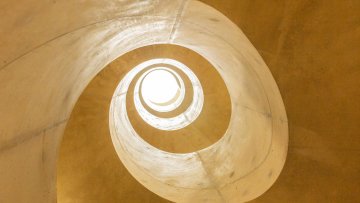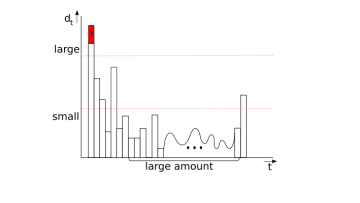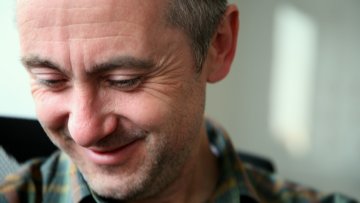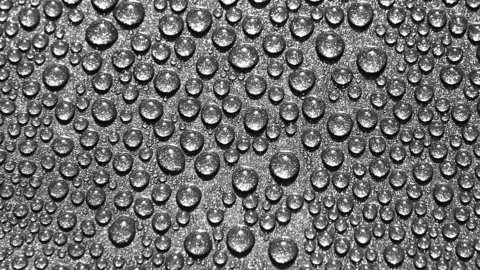GCD sums and sum-product estimates
Abstract
When S is a finite set of natural numbers, a GCD-sum is a particular kind of double-sum over the elements of S, and they arise naturally in several settings. In particular, these sums play a role when one studies the local statistics of point sequences on the unit circle. There are known upper bounds for the size of a GCD-sum in terms of the size of the set S, most recently due to de la Bretèche and Tenenbaum, and these bounds are sharp. Yet the known examples of sets S for which the GCD-sum over S provides a matching lower bound all possess strong multiplicative structure, whereas in applications the set S often comes with additive structure. In this talk I will describe recent joint work with Thomas Bloom in which we apply an estimate from sum-product theory to prove a much stronger upper bound on a GCD-sum over an additively structured set. I will also describe an application of this improvement to the study of the distribution of points on the unit circle, with a further application to arbitrary infinite subsets of squares.





